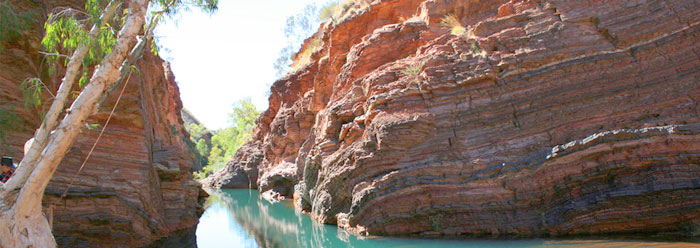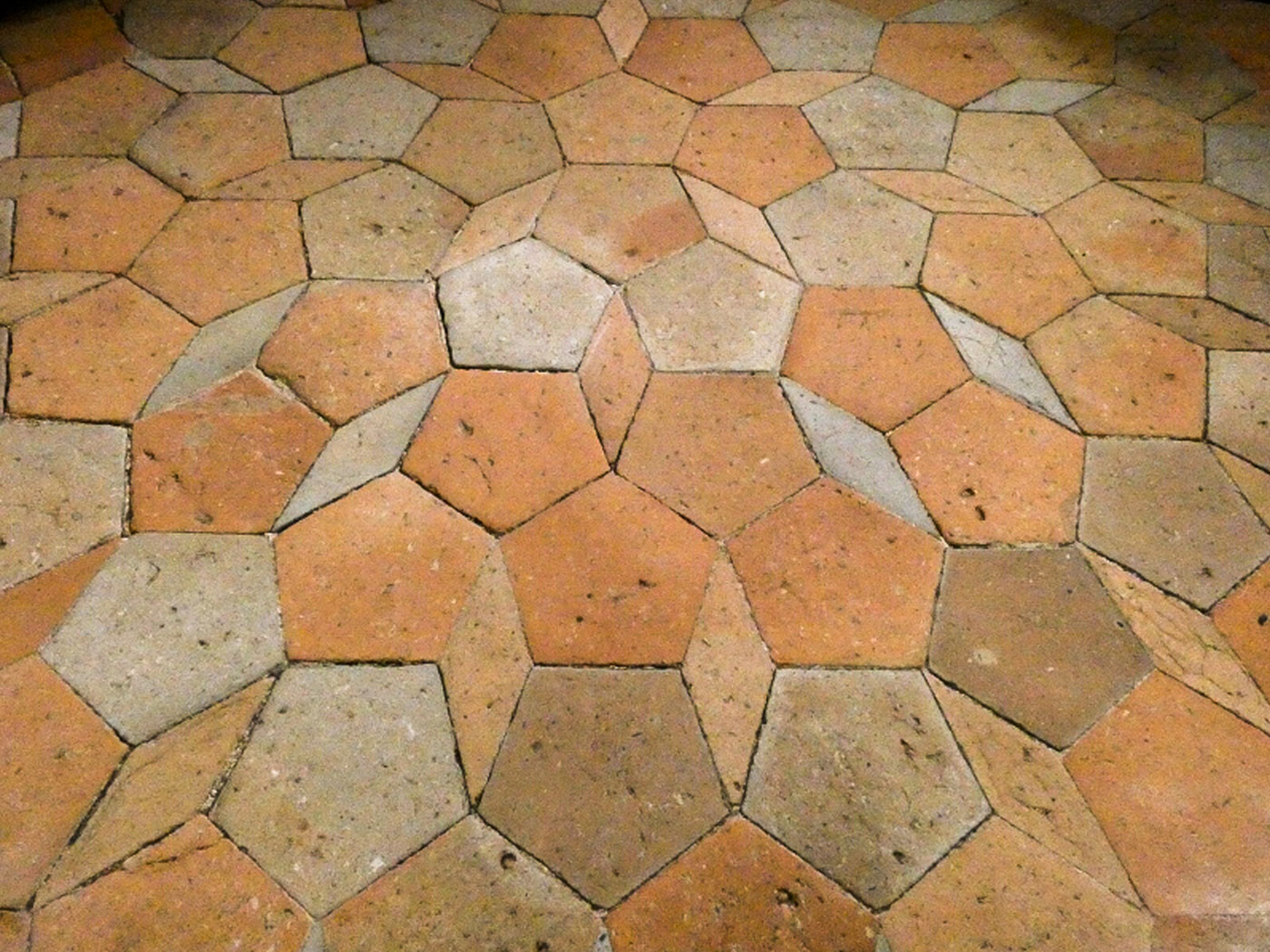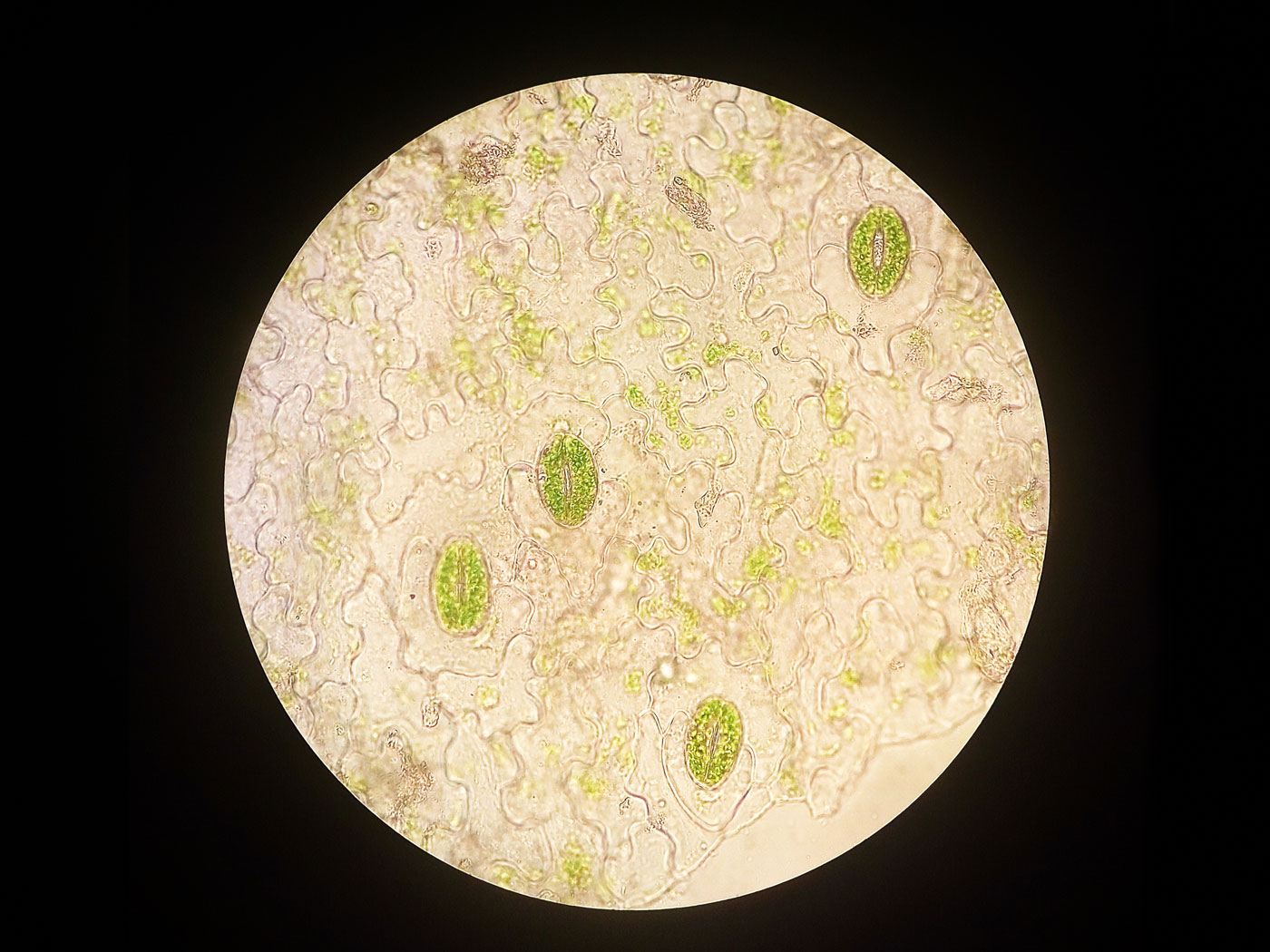Scientists have been going back and forth over whether certain microscopic features in very old rocks were caused by lifeless minerals or living bacteria. Because of where these rocks are situated in the rock record, the answer to this question is important for both the creation and evolution models. And new research appears to have refuted the generally held notion that these features are fossils, finding them instead to be just minerals.
Australia's Apex Chert Formation is comprised of very hard quartz rock. Over 20 years ago, researchers suspected that tiny shapes within the rock were fossils of oxygen-producing bacteria. But this interpretation did not fit the standard evolutionary history because the age assignment for this formation is 3.45 billion years, a mere one billion years after the supposed formation of earth itself.
In the new scenario based on these "fossils," lifeless chemicals spontaneously formed into cyanobacteria, which were assumed to be the first living cells to have evolved since the Apex Chert Formation is located in one of earth's earliest rock layers. One problem is that cyanobacteria are known to have more specified biochemical machinery than "simpler" bacteria, enabling them to perform photosynthesis. Why would the most complicated versions of bacteria have "emerged" before the simpler versions?
Another problem is the timing. Why would cyanobacteria evolve first and then fail to evolve any further until all other phyla suddenly emerged during the Cambrian explosion of life three billion years later? These seeming incongruities must have been partly to blame for the fact that these "purported 3,465-million-year-old microfossils from Australia have been the subject of considerable debate."1
But the identification of these microscopic features as cyanobacteria fossils would also be problematic for the creation model, the predominant version of which holds that Archean rocks like the Apex Chert formed early in the creation week.2 How could fossils have formed before any living creatures were even made?
So, fossils in these strata pose stumping questions for either creation or evolution. The report that they are not fossils after all can tentatively be taken as good news for those interested in fitting fossils into a realistic history. But how were the fossils misidentified in the first place?
Early reports showed carbon in the Apex Chert, and since living things contain carbon, its presence in the rock was interpreted as confirmation that these were indeed fossils of creatures that had been living at the time the rock was formed. If they are actually fossils, it would be logical to assume that carbon from the original bacteria would be concentrated in their immediate vicinity, with less carbon present in the surrounding rock.
But University of Kansas geologists recently analyzed newly acquired samples of the Apex Chert "microfossils" and found just the opposite. In results published online in Nature Geoscience, their precise analysis confirmed that the features were not fossils because the carbon "is not, as previously reported, associated with the structures, but is instead disseminated in the surrounding quartz."3 A laser was shone directly onto the fossil-like structures, and this caused the minerals to glow in characteristic wavelengths of light. The detector found that carbon was in the rock material surrounding the supposed fossils, which these authors then called "pseudomicrofossils."3, 4
Although co-author Alison Olcott Marshall said in a University of Kansas press release, "We found no sign of any microfossil,"5 the relevant Wikipedia entry still states that the Apex Chert samples "preserve eleven taxa of prokaryotes"6…misinformation that will no doubt persist in evolutionary geology.
Marshall explained one reason why these microscopic features seem to have been misidentified as fossils: "They're just circles and rods. There are lots of things in nature that make circles and rods."5 How many other rock-bound features have been similarly misidentified in various contexts? It is a great help that one need not rely only on the rock evidence to obtain sure knowledge of the distant past. Instead, this information was written down as the words of Genesis by those who were there in the beginning, offering a solid foundation for those seeking to understand the history of the earth and its inhabitants.
References
- Corcoran, P. 2009. Early biosphere: Magnifying ancient microstructures. Nature Geoscience. 2 (9): 606-607.
- Sherwin, F. and B. Thomas. 2010. Understanding Evidence for the Biblical Timescale. Acts & Facts. 39(4): 16-17.
- Marshall, C. P., J. R. Emry and A. O. Marshall. Haematite pseudomicrofossils present in the 3.5-billion-year-old Apex Chert. Nature Geoscience. Published online before print February 20, 2011, accessed March 21, 2011.
- "Pseudo" means "false," "micro" means "too small for the unaided human eye to identify," and "fossil" means "the remains of a once-living thing." Thus, a pseudomicrofossil is a tiny structure that looks like a fossil but is actually not one.
- Lynch, B. M. Research overturns oldest evidence of life on Earth, with implications for Mars. University of Kansas press release, March 15, 2011.
- Pilbara craton. Wikipedia. Posted on wikipedia.org, accessed March 21, 2011.
* Mr. Thomas is Science Writer at the Institute for Creation Research.
Article posted on March 28, 2011.





















